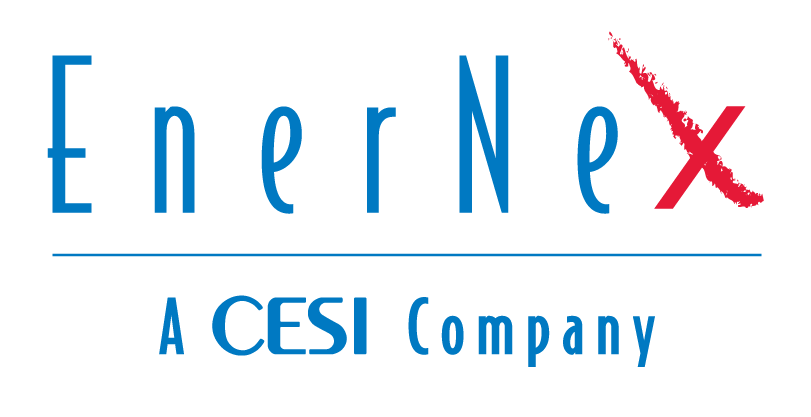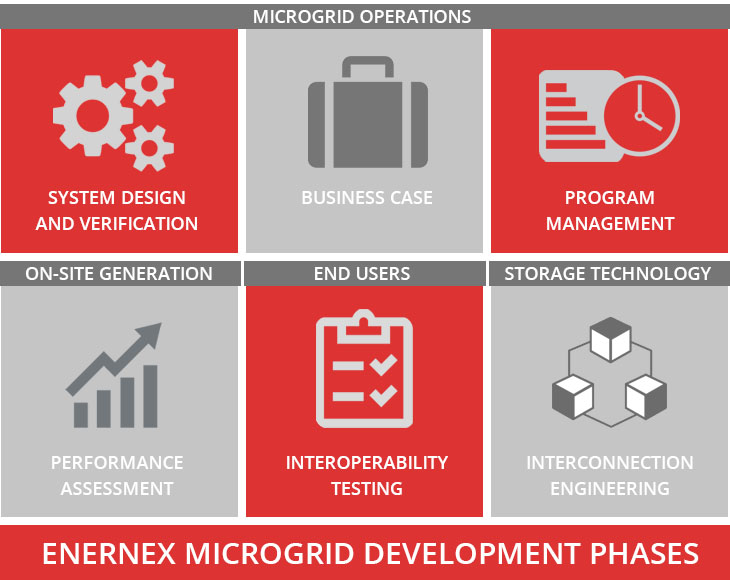Do Team Building Exercises Work?
 By: Ron Chebra, VP of Grid Modernization
By: Ron Chebra, VP of Grid Modernization
rchebra@enernex.com
865-218-4600 x8108
A few years ago, I had the opportunity to participate in an off-site team building exercise in Belgium. Upon reflecting on the particular challenge presented, I made the link to the meaningfulness of that very activity and the workplace.
First, let me describe the challenge.
In short: Find a tree that had a flag affixed to it in the middle of the woods from a distance of about 500 feet … while being blindfolded. (Note: This was NOT a Bird Box challenge; it was well supervised and monitored by facilitators.)
Four teams of five cross-organizational members were formed and each team had their own tree to find. Each team was given about an hour without blindfolds to develop their own respective strategy and approach. After that planning session the teams were taken to the starting point, blindfolded and given a time limit of 3 hours to find their tree.
After tossing around a number of ideas within our team, we finally agreed on an approach.
First, we scouted the landscape to find any intermediate points of reference. We decided that we needed about five to take us from point A to point B. We identified things like a group of pine trees along a bluff, a set of fallen trees further along this path along the pines, next we found a open area with taller grass, a cluster of trees with low hanging branches, and then finally a mental image of our tree nestled at the edge of a dense undergrowth.
Secondly, we walked this path, five or six times to become acquainted with any non-visual inputs or feedback that would let us know where we were in our journey, such as wind direction, sounds, touch, smell, etc. After rehearsing this intended path, our team decided to add a few strategic things that we believed would give us a winning plan.
- Each of the five sections of the plan was to be led by one member of the team. Our rationale was that it was easier for one person to become the section expert.
- Once we reached our checkpoint, one member of the team would remain at that spot as an intermediate base camp, while the other four ventured to the next point. Our thought was that if the venture team got or spent too much time trying to find the next checkpoint, the base camp person could guide them back to camp by calling out to them.
- When the next checkpoint was reached we would call out to the previous base camp to provide an audio beacon to rejoin the group.
- Once reunited, another person would stay at that checkpoint while the rest of the team ventured forward.
Back at the starting point we began to execute our plan, which resulted in us winning the challenge in under two hours. Our contingency plan also worked, there were two times when we needed to go back to our intermediate base camps to restart our journey.
Here are some lessons learned:
- Know what the end game is – ours was finding the tree – it was clear and specific.
- Develop a plan – the team collaborated and agreed on an approach.
- Rehearse the plan – everyone was on board and engaged.
- Work as a team – every member of the team had a role and worked collaboratively.
- Empower others to lead – Responsibilities were shared.
- Intermediate wins can lead to the overall win – each base camp success was a step toward the overall win.
- Have a contingency plan – you might need to execute this.
- Depend on others to bring you back home if you get lost – count on someone to bring you back to solid ground.
- Use the full range of resources you have, including all your senses and intuition – every input can help.
- Celebrate your success.
The title of this blog post asks a question: Do team building exercises work? Based on my experience, I can say they truly do. They unite a group of individuals and set them working toward one shared mission. And all the elements and challenges and victories of these types of exercises builds character and instills life lessons both personal and professional. If you have a chance, take part or lead a team building activity. You’ll be empowered by the outcome.


